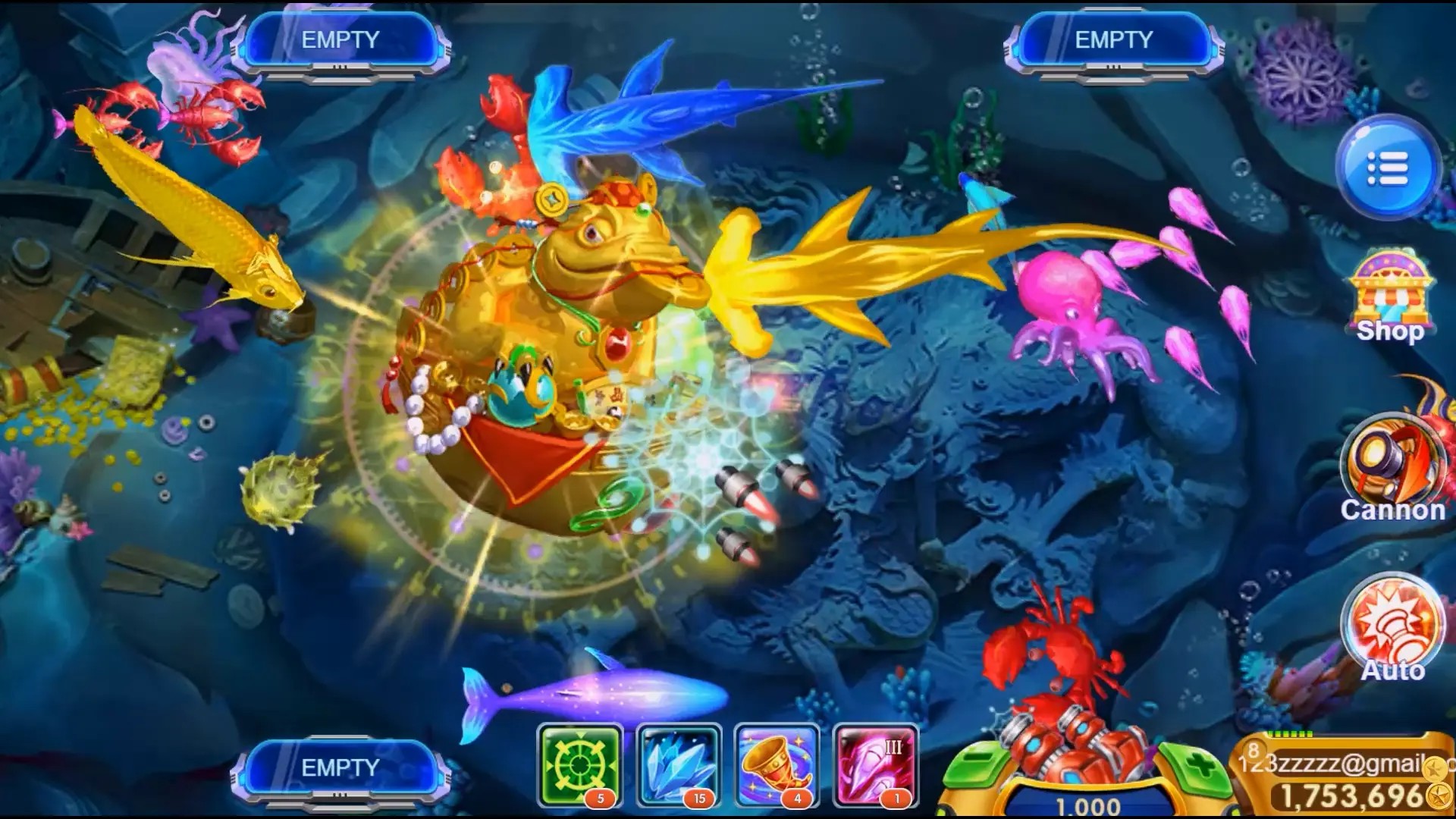Exploring the Evolution of Open World Games: What Makes Them So Irresistibly Addictive?
Open world games have revolutionized the way we interact with virtual environments. From their early beginnings to the complex ecosystems they offer today, these games have created immersive experiences that keep players hooked for hours. What elements contribute to their addictive nature? In this article, we will examine the evolution of open world games, their essential features, and why they remain so engaging.
A Brief History of Open World Games
The journey of open world games began in the late 1970s. Early examples, like Adventure for the Atari 2600, introduced players to expansive landscapes, albeit in a simplistic manner. As technology advanced, so did the complexity of these games.
From 2D to 3D: A Major Leap Forward
- 1984: Elite introduced procedural generation, allowing for essentially limitless exploration.
- 1993: Doom combined immersive 3D environments with action-oriented gameplay.
- 1999: EverQuest shifted focus to multiplayer experiences, enriching the world concept.
The Birth of Iconic Titles
Fast forward to the early 2000s, several landmark titles defined the open world genre:
- Grand Theft Auto III changed the game with its expansive city and freedom of choice.
- The Elder Scrolls III: Morrowind introduced a rich lore and vast landscapes.
- Legend of Zelda: Breath of the Wild offered unprecedented freedom, redefining exploration.
Key Features of Open World Games
What makes open world games so appealing? Several key features contribute to their addictive quality:
| Feature | Description |
|---|---|
| Exploration | Players can roam freely and discover hidden secrets. |
| Player Agency | Choices matter, affecting stories and outcomes. |
| Dynamic Worlds | Environments that change based on player actions. |
| Immersive Storytelling | Engaging narratives that draw players into the game. |
| Community Interaction | Multiplayer settings enhance the social aspect of gaming. |
The Role of Graphics and Technology
Today’s open world games boast stunning graphics and lifelike physics. Advancements in technology have allowed developers to create detailed environments:
- Ray tracing for realistic lighting and shadows.
- AI-driven NPC behaviors that mimic human actions.
- Seamless world design eliminating loading times.
Player Psychology: Why We Keep Coming Back
Understanding player psychology is crucial. Open world games tap into several psychological principles to ensure engagement:
- Curiosity: Players have an innate desire to explore the unknown.
- Reward Systems: Unlockable content creates a sense of achievement.
- Community Comparison: Competing with friends and others fosters a sense of belonging.
A Case Study: Clash of Clans Builder Base Level 9
One example of engaging gameplay comes from mobile gaming. Clash of Clans provides an interesting take on the open world experience in a more linear format. At Builder Base Level 9, players can access new features like:
- Battle Machine upgrades
- Additional building spaces
- New traps and defenses
This format keeps players returning while still maintaining strategic gameplay and community interaction.
Looking at RPG Games for Sega Genesis
RPG games on console have also paved the way for modern open world titles. Games like Phantasy Star IV and Shining Force II introduced rich stories and character development. Their influence is evident in today’s expansive RPGs.
Challenges Facing Open World Games Today
As the genre evolves, several challenges arise:
- Oversaturation of open world games on the market.
- Balancing story elements with exploration freedom.
- Ensuring technical stability in massive worlds.
The Future of Open World Games
With emerging technologies such as virtual reality (VR) and augmented reality (AR), the future of open world gaming looks bright. These innovations promise to elevate immersion to another level, creating experiences that feel even more real.
Conclusion
Open world games have transformed the gaming landscape, offering players the freedom to explore, create, and immerse themselves in vast worlds. As they evolve, their power to captivate will surely grow. Whether through stunning graphics, engaging narratives, or community interaction, the appeal of open world games remains undeniable. So, grab your controller, pick your adventure, and dive into the endless possibilities that await you in the immersive realms of open world gaming.



